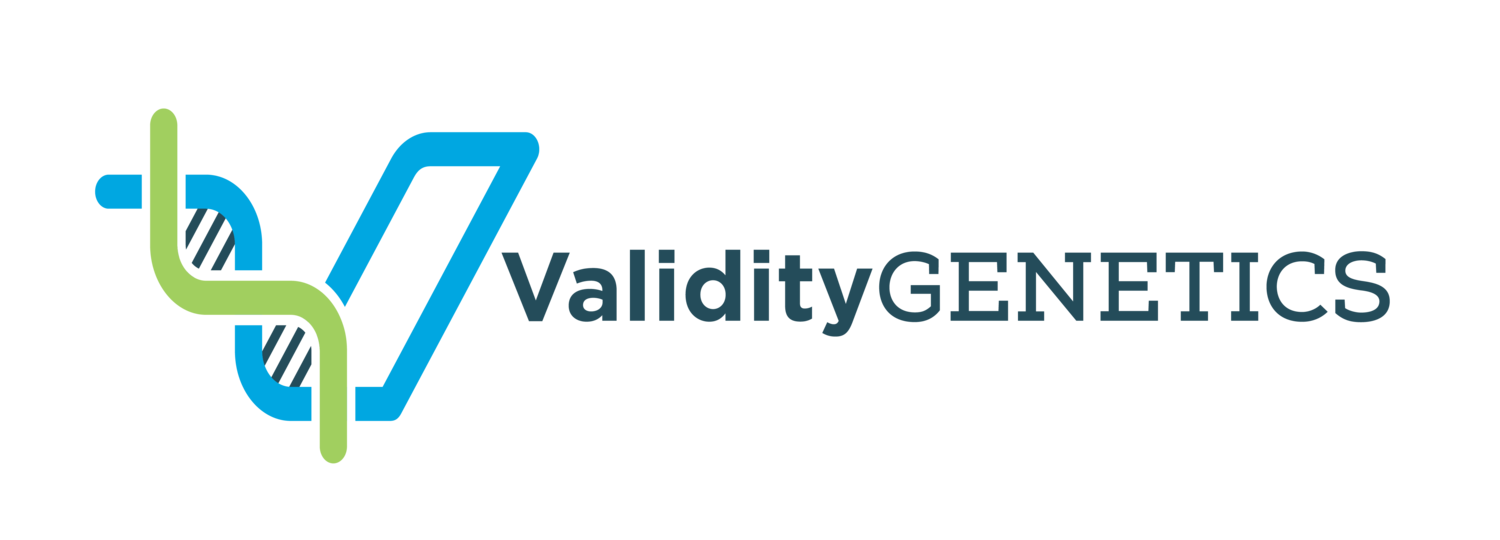Validity Genetics DNA Services will be closed on November 27th and 28th for Thanksgiving.
This Thanksgiving, we would like to express our gratitude for the many ways our family and friends have supported this past year.
Our office will reopen on Monday, December 1st.
If you need immediate support on a pending or completed case,
email us at Info@ValidityGenetics.com.
For other needs, we’ll reply when we return on Monday morning.











